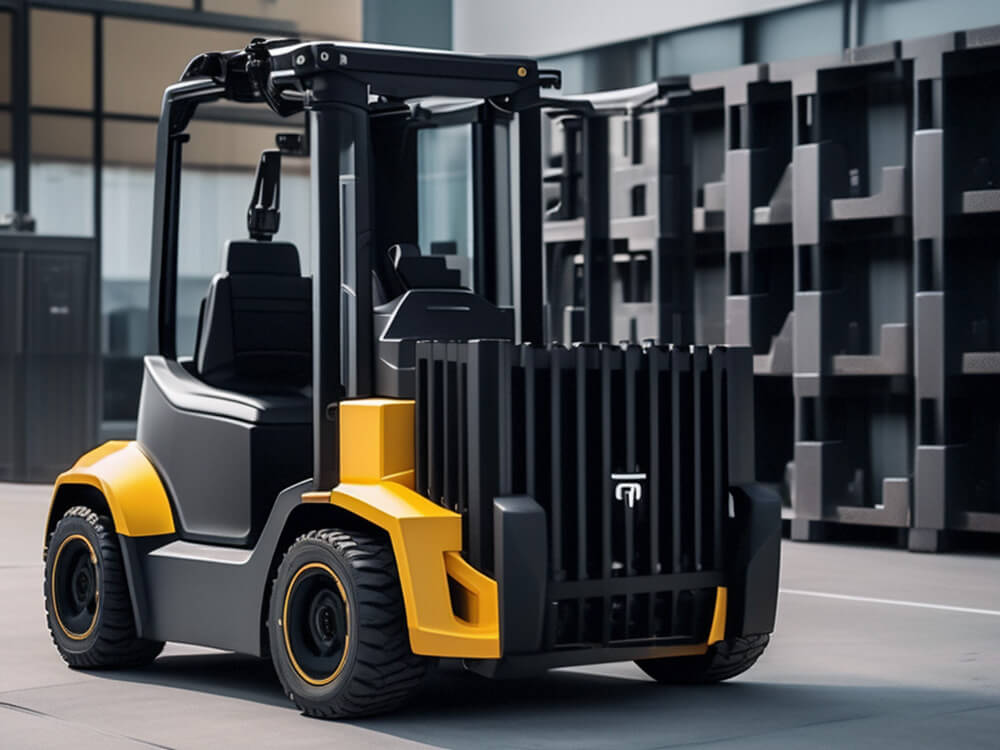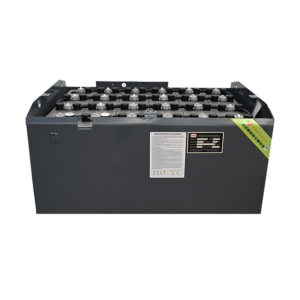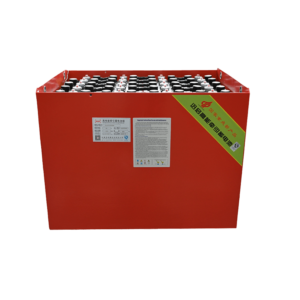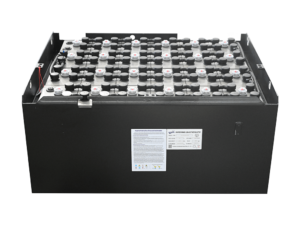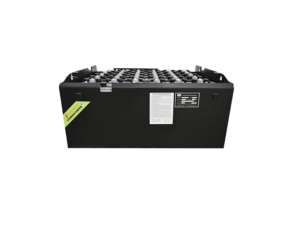Welcome to our comprehensive guide on forklift battery charging. In this article, we will explore the best practices to maximize the life and performance of your forklift batteries. As a crucial component of forklift operations, the proper care and charging of batteries can significantly impact your productivity and cost-efficiency. So, let’s dive in and discover the key strategies for optimal forklift battery charging.
Table of Contents
1. Introduction
Forklifts play a vital role in warehouses, distribution centers, and various industries. Their efficiency and performance heavily rely on the condition of the batteries powering them. Forklift battery charging is not just about plugging in a charger; it involves understanding battery types, employing proper charging techniques, and ensuring adequate maintenance. By following the right practices, you can extend the battery life, improve performance, and reduce downtime.
2. Understanding Forklift Batteries
Before delving into the charging process, let’s familiarize ourselves with forklift batteries. These batteries are typically lead-acid or lithium-ion, each with its own characteristics and benefits. Lead-acid batteries are cost-effective and durable, while lithium-ion batteries offer longer runtimes and fast charging capabilities. Regardless of the type, forklift batteries consist of cells, plates, electrolyte, and terminals. The battery’s voltage and capacity determine its power output and duration of operation.
3. Factors Affecting Battery Life and Performance
Several factors influence the life and performance of forklift batteries. Operating conditions, such as temperature and workload, can impact battery health. Frequent and proper charging is crucial to avoid deep discharges and overcharging. Extreme temperatures and incorrect storage practices can also degrade battery performance. Being aware of these factors and taking appropriate measures can significantly extend battery life.
4. Best Practices for Forklift Battery Charging
To optimize battery life and performance, a comprehensive charging routine is essential. Regular battery inspections, including checking for leaks or damaged cells, are crucial. Following the manufacturer’s guidelines for charging techniques and avoiding overcharging and undercharging are vital steps. Maintaining proper water levels and cleanliness of the battery also contribute to its longevity.
5. Choosing the Right Charger
Selecting the appropriate charger for your forklift battery is vital for efficient charging. The charger’s voltage should match the battery’s requirements to ensure compatibility and avoid damage. Smart chargers with advanced features, such as automatic shutdown and diagnostics, can provide better control and protection during the charging process. Investing in a quality charger suited to your specific battery type is a wise decision.
6. Charging Methods
Different charging methods can be employed depending on your operational needs. Conventional charging involves charging batteries during designated downtimes, typically overnight. Opportunity charging, on the other hand, allows for charging during short breaks or idle periods. Fast charging is suitable for high-demand operations that require quick turnaround times. Each method has its advantages and considerations, and choosing the most suitable one will depend on your specific requirements.
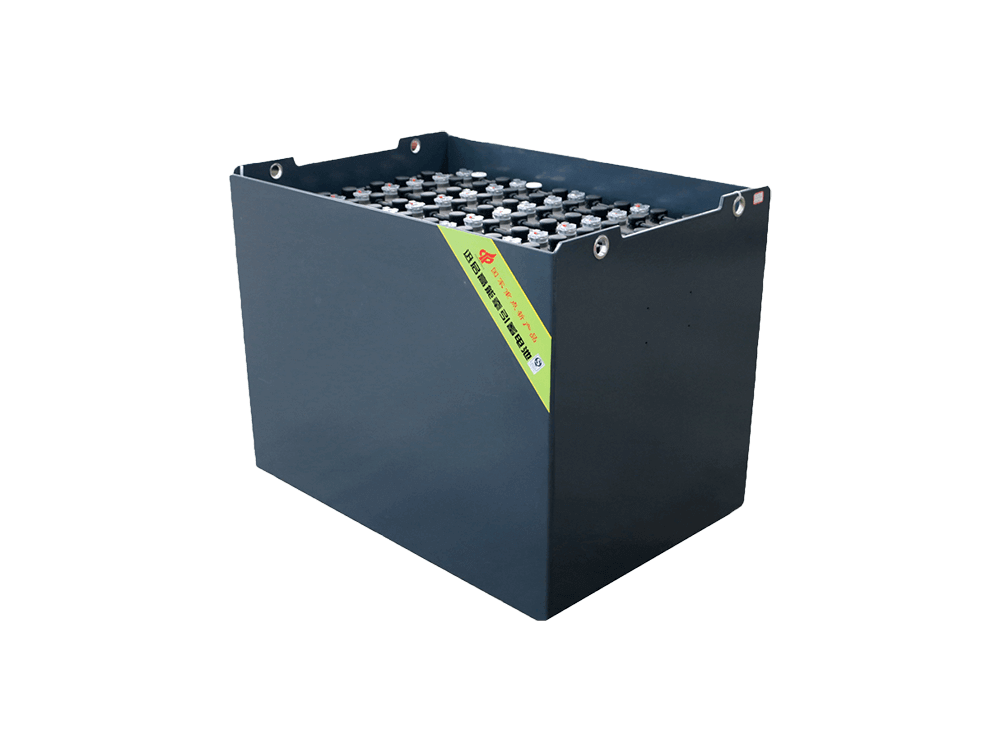
7. Battery Charging Safety Precautions
Safety should always be a priority when dealing with forklift batteries and chargers. Proper personal protective equipment (PPE), including gloves and goggles, should be worn during battery handling and charging. Adequate ventilation is necessary to prevent the accumulation of harmful gases. Familiarizing yourself with emergency procedures and having fire extinguishers readily available are essential precautions to mitigate any potential risks.
8. Extending Forklift Battery Life
Beyond regular charging, additional measures can be taken to extend the lifespan of forklift batteries. Proper battery watering, ensuring the electrolyte levels are maintained, is crucial. Equalizing charges can help balance the cells’ capacities and prolong overall battery life. Additionally, reconditioning and refurbishing batteries can revive their performance and save costs compared to outright replacements.
9. Battery Monitoring and Maintenance Tools
Battery monitoring systems, analyzers, and testers are valuable tools for assessing battery health and performance. These tools can provide valuable insights into battery conditions, voltage levels, and any potential issues. Utilizing battery maintenance software can help streamline monitoring, scheduling maintenance tasks, and generating reports for analysis. Incorporating these tools into your battery management practices can optimize battery performance.
10. Training and Education for Forklift Operators
Proper training and education for forklift operators are crucial to ensure they understand the importance of battery charging and maintenance. By providing comprehensive training on handling and charging techniques, operators can proactively identify battery issues, troubleshoot common problems, and promptly report any abnormalities. A knowledgeable and proactive workforce can contribute to longer battery life and improved overall efficiency.
11. Environmental Considerations
Responsible environmental practices should be observed when it comes to forklift battery charging. Proper disposal and recycling of old batteries are essential to prevent harmful substances from polluting the environment. Implementing sustainable practices, such as using energy-efficient chargers or exploring renewable energy sources, can contribute to reducing the environmental impact of forklift battery operations.
12. Case Studies and Success Stories
Real-life examples of organizations implementing effective battery charging practices can provide inspiration and insights. Case studies showcasing improved battery life, reduced maintenance costs, and enhanced forklift performance can highlight the benefits of following best practices. Learning from these success stories can help you tailor your own battery charging strategies.
13. Conclusion
Maximizing the life and performance of forklift batteries requires a holistic approach to charging, maintenance, and training. By understanding the intricacies of battery types, employing proper charging techniques, and investing in the right equipment, you can optimize battery life and enhance forklift performance. Remember to prioritize safety, follow best practices, and stay updated on the latest advancements in battery charging technology to keep your operations running smoothly.
14. Frequently Asked Questions (FAQs)
1. How often should I charge my forklift battery?
The charging frequency of forklift batteries depends on the battery type, usage pattern, and operational needs. As a general rule, it is recommended to charge lead-acid batteries at the end of each shift to avoid deep discharges. Lithium-ion batteries, on the other hand, can be charged during short breaks or whenever convenient due to their opportunity charging capabilities.
2. Can I use any charger for my forklift battery?
No, you should always use a charger that matches the voltage and requirements of your forklift battery. Using an incompatible charger can lead to inefficient charging, potential damage to the battery, and safety risks. Consult the battery manufacturer’s guidelines or seek professional advice to ensure compatibility.
3. What should I do if my forklift battery overheats during charging?
If your forklift battery overheats during charging, it is crucial to stop the charging process immediately. Allow the battery to cool down in a well-ventilated area before resuming charging. Continuous overheating may indicate a problem with the charger or battery, and it is advisable to have them inspected by a qualified technician.
4. Is it better to charge my forklift battery slowly or quickly?
The charging speed depends on the battery type and operational requirements. Slow charging is generally gentler on the battery and can help maintain its longevity. However, fast charging may be necessary in high-demand operations that require quick turnaround times. Always refer to the battery manufacturer’s recommendations for the optimal charging speed for your specific battery.
5. How can I dispose of an old forklift battery?
Proper disposal of old forklift batteries is crucial to prevent environmental contamination. Many battery manufacturers and recycling centers offer recycling programs for used batteries. Contact your local recycling facility or battery supplier to inquire about the available options for recycling or disposing of old forklift batteries safely.
For any further assistance or information, feel free to contact:
Shanghai Zhongsheng Industrial Co., Ltd
Website: zospower.com
Phone: +86-15026665707
Email: [email protected]
